All blog posts are written by and express the expert opinion of Dr. Leone. No information on this blog should be construed as medical advice, used for diagnosis or used to determine treatment. The reader is advised to seek out professional medical advice or make an appointment with Dr. Leone for a consultation.
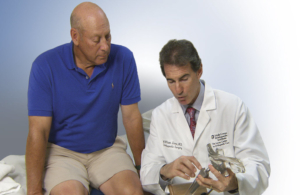
Hip and Knee Q&A: Common Questions about Joint Pain, Pain Management and Treatment
In the second of a three-part Q&A series about joints, here are some of the most common questions patients at The Leone Center for Orthopedic Care ask about hips and knees.
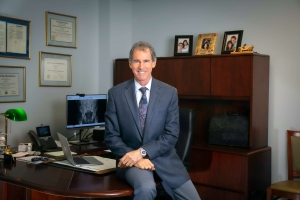
Joint Replacement Surgery for Osteoarthritis Q&A
As comments and very detailed questions from readers continue to be posted on my blog, it occurred to me that it was time to do a series of Q&A posts that talk about joints and why they deteriorate, as well as what treatments and surgeries are available today to get people back on their feet and enjoying a pain-free lifestyle.

Total Hip Replacement Surgery Can Restore an Active Sports Lifestyle
In several past blog posts, I have discussed how total hip replacement surgery (THR) has been a game changer, not only for some elderly patients who have lost mobility but for younger and older men and women who seek treatment to regain active and/or maintain a vigorous lifestyle.
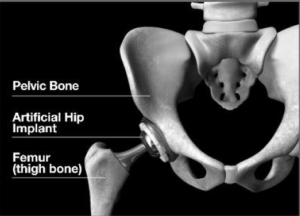
Poor Results after Hip Fracture Surgery Could Mean Infection
For this final post in the series I will discuss infection, which always must be considered after any type of surgery, especially when the surgical result was not as anticipated or acceptable.

Caring for Patients Who Don’t Heal Optimally After Treatment for Hip Fractures
The strategies for treatment and prognosis often are very different. Fortunately, most people who break hips and are treated surgically do well. However, this isn’t the case for everyone and there are a variety of reasons for poor outcomes.
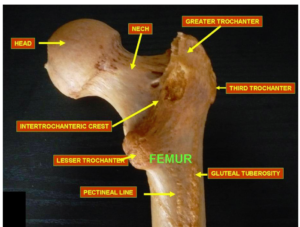
Understanding Hip Fractures: How These Breaks Differ and Why Recovery Can Be Challenging
/
4 Comments
Historically, hip fractures left patients crippled or even caused death due to lack of mobility and all its associated complications. Fortunately, this landscape is changing. Today, with the advances in prosthetics for hip replacement and hardware to repair fractures, not only have deaths been reduced, but people are getting back to active lifestyles.
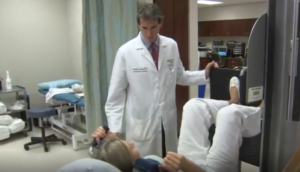
Treat the Patient, Not the X-rays or Scans
In this article I will discuss the patient who has significant disability from a hip or knee, but whose workup either is not definitive or doesn’t appear “severe enough” to warrant joint replacement.
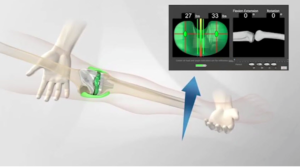
Using Kinematic Sensor Technology for Revision Total Knee Replacement (TKR)
Occasionally, even when a TKR “looks good on paper,” more surgery is required to correct and improve the existing outcome. If TKR revision truly is necessary, then the specific reason for the failure must be understood fully before it can be corrected.

Age Is Not the Determining Factor in Joint Replacement Surgery
Two of the most common questions we receive at The Leone Center for Orthopedic Care are, “How old is too old to have joint replacement surgery?” and “How young is too young to have Joint replacement surgery?”

Sharing Informative Questions and Comments from Our Readers
At The Leone Center for Orthopedic care, my staff and I have created a number of online platforms to provide information and answer patient questions: via email at LeoneCenter@holy-cross.com, our comprehensive website, informational blog and video gallery, both on the website and on You Tube.
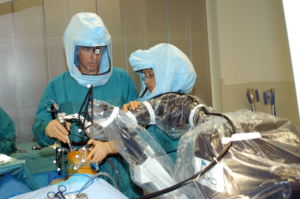
Two Computer Systems Improve Total Knee Replacement Surgery
New techniques and technologies have been developed, which include use of sophisticated computers and pressure sensors. These tools have vastly improved the consistency of achieving surgical goals by allowing us to recognize and correct subtleties in balancing the soft tissue sleeve and then optimize limb alignment.
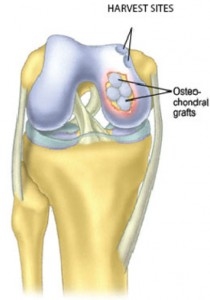
Leading Edge Strategies to Regenerate Hyaline Cartilage
My final blog in this series on biologic strategies for repairing joint damage focuses on leading edge treatments designed to stimulate the regeneration of new hyaline cartilage: Osteochondral Autograft Transplantation (OATS or Mosaicplasty), Osteochondral Allograft Transplantation, Autologous Chondrocyte Implantation (ACI) and Stem Cell and Tissue engineering.
Most Shared
 What’s Your Hip Replacement IQ? (First of a three-part series)March 13, 2024 - 7:38 pm
What’s Your Hip Replacement IQ? (First of a three-part series)March 13, 2024 - 7:38 pm Experience Matters When it Comes to Performing Joint Replacement SurgeryDecember 8, 2023 - 9:36 am
Experience Matters When it Comes to Performing Joint Replacement SurgeryDecember 8, 2023 - 9:36 am Postoperative Care: What to Expect after Hip and Knee Replacement SurgeryApril 17, 2022 - 9:14 am
Postoperative Care: What to Expect after Hip and Knee Replacement SurgeryApril 17, 2022 - 9:14 am Why I No Longer Use the Anterior Approach for Primary Total Hip Replacement SurgerySeptember 5, 2021 - 1:13 pm
Why I No Longer Use the Anterior Approach for Primary Total Hip Replacement SurgerySeptember 5, 2021 - 1:13 pm

